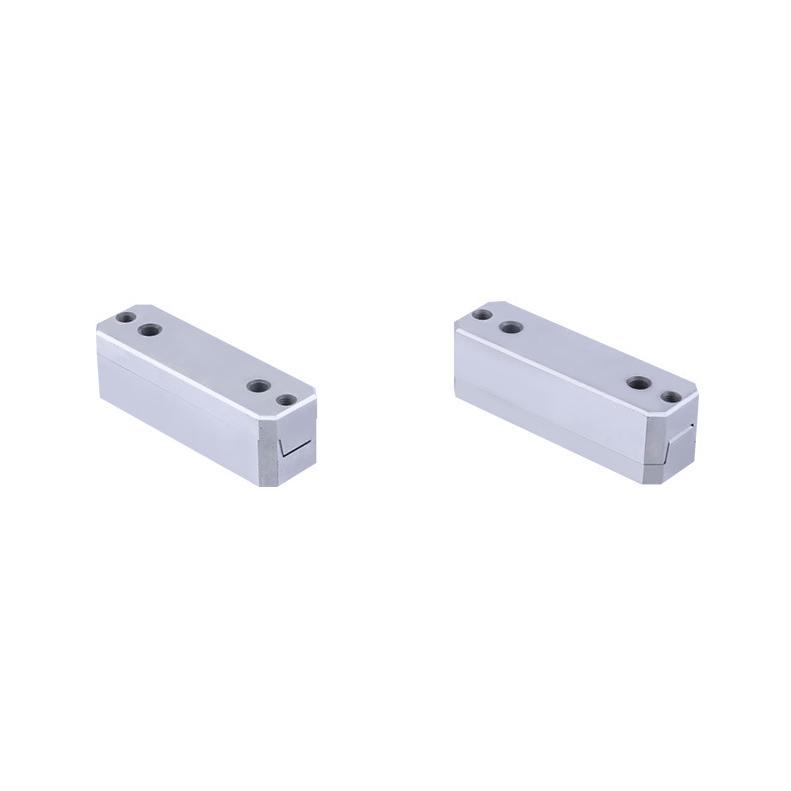The Fundamental Difference: Tolerances and Repeatability
The primary advantage of a Precision Positioning Block over a standard block lies in its meticulously controlled manufacturing tolerances. While a standard block might be functional for general applications with looser requirements, a true precision component is engineered and produced to exceedingly tight dimensional and geometric specifications. This means that its critical features—such as mounting holes, datum edges, and contact surfaces—are guaranteed to be within a few microns or even sub-micron of their ideal position. This ultra-high accuracy translates directly to exceptional repeatability. In automated production or precision assembly, a machine or tool will return to the exact same position every time it references the block, eliminating cumulative errors and ensuring consistent, reliable operation that standard blocks simply cannot provide.
Superior Material Selection and Thermal Stability
Beyond dimensional accuracy, the materials used in a high-quality Precision Positioning Block are chosen for their performance characteristics, not just cost. While standard blocks may be made from mild steel or standard aluminum, precision versions often utilize hardened tool steels, stainless steels, or specialized alloys. These materials offer superior wear resistance, ensuring that the block's critical surfaces do not degrade over time, which would compromise long-term accuracy. Furthermore, many of these materials are selected for their low thermal expansion coefficients. This means that their dimensions remain stable across a range of operating temperatures, a critical factor in environments like metrology labs or machine shops where temperature fluctuations can cause standard blocks to expand or contract, introducing unnoticed errors into the process.
Advanced Manufacturing and Quality Verification
The manufacturing process for a precision component is fundamentally different from that of a standard part. It involves advanced CNC machining, grinding, and often lapping operations performed in environmentally controlled facilities. The result is not just accurate dimensions, but also exceptional geometric control over flatness, perpendicularity, and parallelism of all critical faces. After manufacturing, each unit is subjected to rigorous quality verification using coordinate measuring machines (CMMs) and laser interferometers. This provides certified documentation of its conformance to specifications. A standard block might be spot-checked with calipers, but a true Precision Positioning Block comes with verifiable data proving its accuracy, giving engineers and quality managers complete confidence in its performance.
Enhanced Design for Stiffness and Application-Specific Needs
The design of a precision block often incorporates features that enhance its functional utility. This includes considerations for structural stiffness to prevent deflection under load, which is a common source of error in seemingly rigid setups. Additionally, many are designed with integrated features such as threaded inserts for secure mounting, vacuum channels for holding workpieces, or precisely located dowel pin holes for master-level alignment. This level of integrated design thinking is typically absent from standard blocks, which are often simple geometric shapes. The design of a Precision Positioning Block is therefore a holistic approach to solving a positioning problem, not just providing a physical rest.
The Tangible Impact on Overall System Performance and Cost of Ownership
While the initial cost of a high-accuracy block is higher, its value is realized through the performance of the entire system it supports. The use of such components directly reduces scrap rates by eliminating positioning errors, increases throughput by ensuring reliable and fast repeatability, and enhances the quality of the final product. This leads to a lower total cost of ownership over time, despite the higher upfront investment. For applications in semiconductor manufacturing, aerospace assembly, advanced robotics, and scientific research, the performance gap between a standard and a precision component is not just a matter of degree—it is the difference between success and failure, making the Precision Positioning Block an indispensable tool for achieving excellence.
